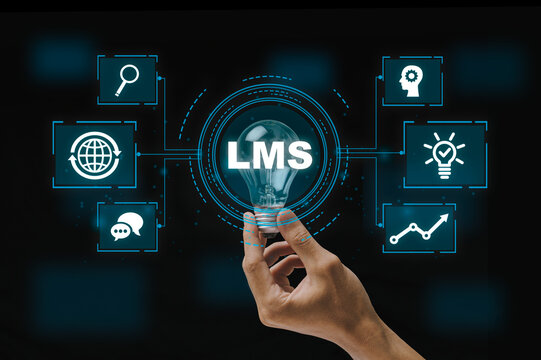
The digital era has gracefully enveloped the educational sector, providing administrators and educators with tools that enhance operational efficiency and elevate the learning experience. School Management Software is pivotal in integrating technology into educational institutions by streamlining administrative, academic, and managerial activities. Let’s delve into a comparative analysis of popular school management systems, focusing on varied functionalities and user experiences.
- Core Functionalities Across Platforms
- Administrative Management
Most School Management Software provides comprehensive administrative tools, including student enrolment, timetable management, and attendance tracking. It is crucial to compare the user interface, ease of data input, and reporting capabilities across different software solutions.
- Academic Management
This encompasses lesson planning, curriculum management, and academic progress tracking. A reliable school management system should offer intuitive tools that facilitate efficient curriculum delivery and continuous monitoring of student progress.
- Seamless User Experience and Interface
- Intuitive Design
The user-friendliness of software is essential. Comparatively analyzing the interface, navigation ease, and learning curve of different school management systems is pivotal.
- Mobile Responsiveness
School Management Software should be accessible on various devices. Compare mobile capabilities and responsiveness to ensure stakeholders can access vital information anytime, anywhere.
- Advanced Technological Integration
- Cloud-Based vs. On-Premises
While most school management software has migrated to cloud-based solutions due to accessibility and scalability, some still opt for on-premises setups. A comparative study must consider the technological and logistical merits and demerits of both models.
- AI and Automation Features
Comparing the automation features, such as AI-driven insights, auto-scheduling, and automated notifications, allows us to gauge the advanced capabilities of different software solutions.
- Customization and Scalability
- Personalization of Modules
Schools should compare the flexibility offered by various software solutions in terms of module customization, role creation, and data management.
- Scalability
Analyze the ability of school management software to scale with the growth of the institution, accommodating more users and data without compromising performance.
- Data Security and Compliance
- Data Protection Protocols
Considering the sensitivity of educational data, comparing the data security protocols, backup, and recovery mechanisms across different platforms is vital.
- Regulatory Compliance
Assure that the school management system adheres to regional and international data protection and privacy regulations.
- Customer Support and Training
- 24/7 Customer Support
Review and compare the responsiveness, knowledge, and efficiency of the customer support provided by various software vendors.
- Training and Onboarding
Comparing the training modules, resources, and onboarding programs ensures that the stakeholders can effectively utilize the school management system.
- Cost-Effectiveness and ROI
- Pricing Structure
A thorough comparison of pricing models, including setup costs, subscription fees, and additional charges, is imperative.
- Return on Investment (ROI)
Analyzing the tangible and intangible returns, such as time saved, enhanced productivity, and improved stakeholder experiences, provides insights into the ROI of different software solutions.
Conclusion: Navigating Towards an Informed Decision
A comparative analysis of school management software must weave through various aspects, from core functionalities, user experience, technological advancements, customization, data security, customer support, to cost-effectiveness. Engaging in a detailed and informed comparison ensures that educational institutions align their choice with their unique requirements and vision, thereby implementing a school management system that substantively contributes to the advancement of educational and administrative objectives.
Ensuring that the selected school management software comprehensively addresses the multifaceted needs and operational nuances of an educational institution, while also providing an intuitive, secure, and scalable platform, empowers schools to cultivate a technologically enriched environment that nurtures academic and administrative excellence. This thoughtful integration of technology, thus, crafts a future-ready educational realm where administrative efficiency and academic enrichment coalesce harmoniously.
